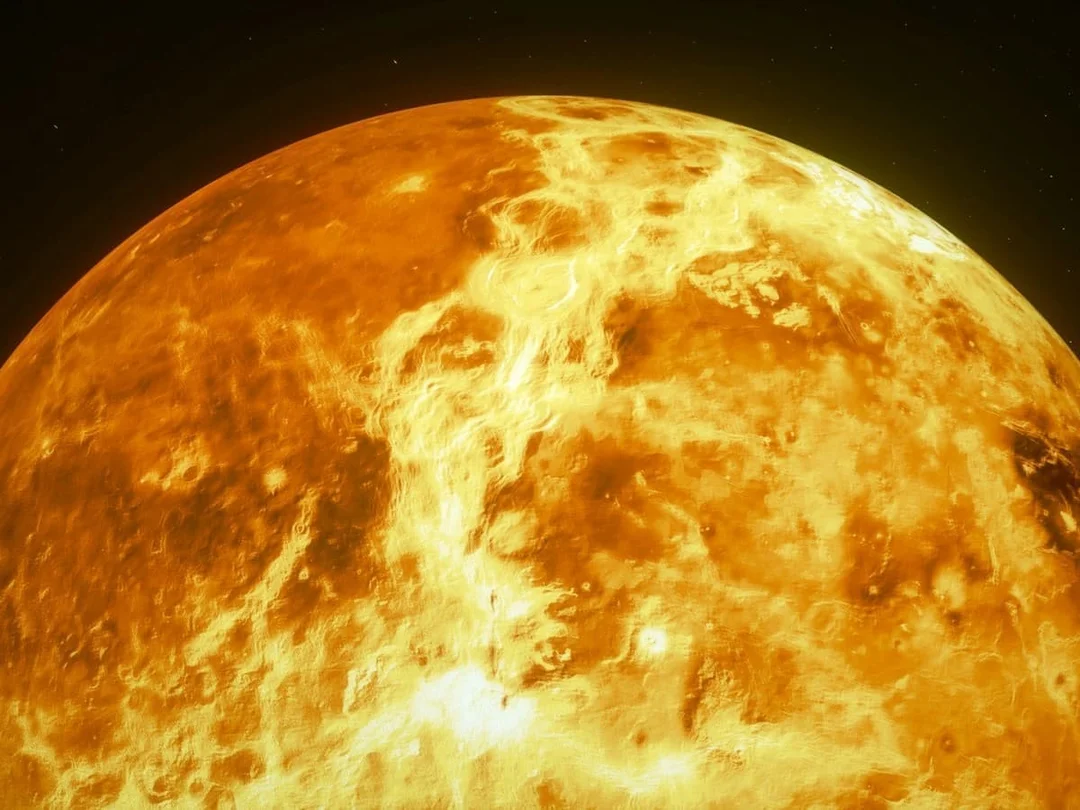
US Unprepared for Major Solar Storm: A Wake-Up Call for Tech Infrastructure
A recent space weather exercise has revealed critical vulnerabilities in the US's preparedness for severe solar storms, highlighting potential disruptions to vital technological infrastructure. The tabletop exercise, simulating a series of giant coronal mass ejections (CMEs) hurtling towards Earth, exposed significant gaps in communication protocols and forecasting capabilities, signaling an urgent need for improved monitoring and response strategies.

The exercise, involving local and national government agencies, painted a stark picture of what could happen if the sun unleashed a powerful geomagnetic storm. Participants were asked to imagine themselves in January 2028, with NASA's Artemis 4 mission orbiting the moon and astronauts on the surface, just as a massive sunspot erupted, sending flares and CMEs towards Earth. The scenario, organized by the Space Weather Research and Operations Center (SWORM) and the National Science and Technology Council (NSTC), quickly exposed limitations in current space weather forecasting.
One of the most significant challenges identified was the difficulty in accurately predicting the impact of CMEs due to a lack of precise measurements. While CMEs can take up to three days to reach Earth, the severity of their impact hinges on the orientation of the magnetic field within the plasma cloud. This orientation is only known about 30 minutes before impact, when the cloud passes the Sun-Earth Lagrange Point 1. This short window complicates effective decision-making and highlights the critical need for more satellites to improve data collection and forecasting models.
The hypothetical scenario led to widespread power blackouts, disruptions to satellite and radio communication, and degradation of GPS services. In a real-world event, this could cripple aviation, emergency response, and healthcare, forcing hospitals to rely on backup generators. The exercise participants became overwhelmed with information, underscoring the need for standardized communication templates similar to those used in other natural disasters.
Adding real-world context, the exercise coincided with the Gannon Storm in May 2024, the most powerful solar storm in 20 years. This event triggered satellite migrations and caused local power outages, providing a glimpse of the potential consequences of a more severe storm. While the Gannon Storm pales in comparison to the 1859 Carrington Event, it served as a reminder of the ever-present threat. Experts worry that the current solar cycle, which has just reached its peak, could bring more solar drama in the coming years.

The lack of preparedness extends to nuclear facilities, which could face safety issues due to long-term power outages. Emergency diesel generators can provide power for a few days, but extended blackouts could lead to reactor core damage. In 2012, the U.S. Nuclear Regulatory Commission warned that a severe solar storm could collapse the country’s power grids and endanger multiple nuclear plants.
Despite the challenges, there's growing optimism that artificial intelligence (AI) could help in predicting and mitigating the impact of solar storms. Recent research suggests that AI forecasting tools can predict the orientation of the magnetic field by analyzing data from the hours preceding a storm. This represents a significant step towards better understanding and preparing for these events.
Are we truly ready for the next Carrington Event? The recent exercise underscores the urgent need for enhanced space weather monitoring, improved forecasting capabilities, and coordinated communication strategies. Only through proactive measures can we hope to protect our increasingly technology-dependent society from the potentially devastating effects of a major solar storm.
What are your thoughts on the steps needed to prepare for a major solar storm? Share your opinions in the comments below.